These accounts are from the specific perspective of the Rex breed in the US.
Why are Tri so controversial?
Tri is one of the most misunderstood colors. Most people who breed it have no idea about the genetics. The color is also one of the most widely loved colors among pet and meat breeders which then consequently floods the markets with low quality Tri. Despite the fact that its the most widely liked color it is also the lowest quality variety of Rex in the country due to lack of experienced breeders working on the color. In shows, the color is shown with the broken variety (of which is the most competitive variety) and despite technically only having the same 10 points (out of 100) as like a broken black otter, the Tri get judged more harshly. The color is also primarily bred by newer show breeders but due to low average quality and a lack of genetic understanding most breeders abandon the color or show rabbits all together because it proves to be such an undertaking especially for a new breeder just trying to get a handle on things.
What can we do about it?
New breeders need to start in more popular varieties as they get their feet wet. People choosing to breed Tri need to commit to the color and learning the genetics. Accept the fact that breeding to more popular, incompatible colors to improve quality may be necessary and you may not get Tri’s in litters for a generation or two (but when you do itll be worth it). More experienced breeders need to try and improve the color to see any substantial increase in quality nationally. ALL breeders need to be more discerning with WHAT quality animal they are selling. Stop selling junk quality to non-show breeders so that we can stop flooding the market.
Understanding the genetics
Common mistakes and misunderstandings:
-Breeding a Red to increase rufus is a MYTH. Let me say it for those in the back because this lie is still being told to new breeders from veteran breeders that refuse to learn the genetics. I touched on this in the basics section. Rufus is a modifier that stacks. All rabbits carry rufus even if they do not express it. Blacks carry rufus just the same as Reds. Many Tri breeders use Reds to “increase” their rufus and THUS introduces the non-extension/tort gene which can cause more headaches.
-Introducing the tort gene increases the probability that you will produce more unshowable colors. It is NOT necessary to produce Tri. In fact, regardless of whether you choose to do agouti or self based Tri you should work on getting rid of the tort gene
-Self based Tris have better color. However, most Tris being bred are agouti based. Why? Because agouti and self Tris in combination with the tort gene are EXCEPTIONALLY difficult to tell apart and breed out. When people breed in Reds this introduces the agouti and the tort gene simultaneously - and then here we are with the snowball affect.
-You can very easily breed both agouti and self Tris by using exclusively ejej rabbits - tort is unnecessary
-When it comes to statistics, you’re already dealing with charlies and harlis being unshowable so when you throw in torted Tris you lower your chances of the best in the litter quality-wise also being the genetic color you wanted.
-Dont forget that you also have to consider rufus, spot clarity, depth of color, and spot distribution when breeding for good color in Tris (just 1000 more things to think about)
-Distribution is a modifier that does not stack. Similar to how broken patterns can have specific traits that can be traced back generations. Like rufusing, to discover what an individual rabbits genetic distribution is you wont know until you breed it into Tris.
The following are common combinations you’ll find in Tri (assuming brokens, harlis are the same rules though):
aa-ejej: Looks like regular Tri
A_-ejej: Looks like regular Tri
A_-eje: Looks like regular Tri
Are you seeing a pattern here of why it can be hard to breed out?
aa_-eje: Torted Tri
at_-ejej: Looks kinda regular Tri but somewhat distinct ear lacing but can easily be confused with agouti ear lacing
at_-eje: Torted Tri with ear lacing
A_-Eej: Harliquinized Agouti
A_-Ee: Just looks agouti
aa-Eej: Harliquinized Self, exceptionally hard if not impossible to see and just looks self
aa-Ee: Just looks self
So ideally breeding aa-ejej is the ideal but more often people should be focusing on quality. However, when you get to a nationally competitive level those 10 points in color do matter. My suggestion is breeding agouti and self together while keeping the program ejej and getting rid of the tort gene. Then you’ll more easily see which are agouti vs self because agoutis have a “swirl” looks as babies that molts out over time.
